PRPH
-
Official Full Name
peripherin
-
Overview
This gene encodes a cytoskeletal protein found in neurons of the peripheral nervous system. The encoded protein is a type III intermediate filament protein with homology to other cytoskeletal proteins such as desmin, and is a different protein that the peripherin found in photoreceptors. Mutations in this gene have been associated with susceptibility to amyotrophic lateral sclerosis. -
Synonyms
PRPH; peripherin; NEF4; PRPH1; neurofilament 4 (57kD);
- Recombinant Proteins
- Cell & Tissue Lysates
- Protein Pre-coupled Magnetic Beads
- Human
- Mouse
- Zebrafish
- E. coli
- E.coli
- HEK293
- HEK293T
- In Vitro Cell Free System
- Mammalian Cell
- Mammalian cells
- Wheat Germ
- C
- Myc
- DDK
- Flag
- His
- His (Fc)
- Avi
- N/A
- N
| Species | Cat.# | Product name | Source (Host) | Tag | Protein Length | Price |
|---|---|---|---|---|---|---|
| Human | PRPH-30642TH | Recombinant Human PRPH | Wheat Germ | N/A | 470 amino acids |
|
| Human | PRPH-177H | Recombinant Human Peripherin | E.coli | N/A |
|
|
| Human | PRPH-30643TH | Recombinant Human PRPH | Wheat Germ | N/A | 97 amino acids |
|
| Human | PRPH-1980H | Recombinant Human PRPH, His-tagged | E.coli | His | 155-470aa | |
| Human | PRPH-2822HCL | Recombinant Human PRPH 293 Cell Lysate | HEK293 | N/A |
|
|
| Human | PRPH-1776H-B | Recombinant Human PRPH Protein Pre-coupled Magnetic Beads | HEK293 |
|
||
| Human | PRPH-4227H | Recombinant Human PRPH Protein, Myc/DDK-tagged, C13 and N15-labeled | HEK293T | Myc/DDK |
|
|
| Human | PRPH-01H | Recombinant Human PRPH Protein, His-tagged | E. coli | His |
|
|
| Human | PRPH-02H | Recombinant Human PRPH Protein, Myc/DDK-tagged | HEK293T | C-Myc/DDK |
|
|
| Human | PRPH-405HF | Recombinant Full Length Human PRPH Protein | In Vitro Cell Free System | 470 amino acids |
|
|
| Human | PRPH-2627H | Recombinant Human PRPH Protein, His-tagged | E.coli | N-His | Met1-Tyr470 |
|
| Human | PRPH-1776H | Recombinant Human PRPH Protein, His (Fc)-Avi-tagged | HEK293 | His (Fc)-Avi |
|
|
| Human | PRPH-397HFL | Recombinant Full Length Human PRPH Protein, C-Flag-tagged | Mammalian cells | Flag |
|
|
| Mouse | Prph-5150M | Recombinant Mouse Prph Protein, Myc/DDK-tagged | HEK293T | Myc/DDK |
|
|
| Zebrafish | PRPH-8682Z | Recombinant Zebrafish PRPH | Mammalian Cell | His |
|
- Background
- Quality Guarantee
- Case Study
- Involved Pathway
- Protein Function
- Interacting Protein
- PRPH Related Articles
What is PRPH protein?
PRPH (peripherin) gene is a protein coding gene which situated on the long arm of chromosome 12 at locus 12q13. This gene encodes a cytoskeletal protein found in neurons of the peripheral nervous system. The encoded protein is a type III intermediate filament protein with homology to other cytoskeletal proteins such as desmin, and is a different protein that the peripherin found in photoreceptors. The PRPH protein is consisted of 470 amino acids and its molecular mass is approximately 53.7 kDa.
What is the function of PRPH protein?
PRPH is a cytoskeletal protein that is widely expressed in the nervous system. It interacts with the microtubules and intermediate filaments of nerve cells to help maintain the shape and structure of nerve cells. It plays a key role in the axon growth and branch formation of nerve cells, and is involved in the development and differentiation of nerve cells.
PRPH Related Signaling Pathway
In the neurotrophic factor signaling pathway, neurotrophic factors such as brain-derived neurotrophic factor (BDNF) can influence the expression and distribution of PRPH, thereby regulating the growth and differentiation of neurons. PRPH plays a key role in axon formation and maintenance. It interacts with a variety of cytoskeletal and motor proteins and is involved in axon growth and stability. In some cases, PRPH interacts with apoptosis-related proteins, affecting the survival of neurons.
PRPH Related Diseases
The PRPH protein is a cytoskeletal protein that is widely expressed in the nervous system. It is associated with a variety of neurological diseases, especially peripheral neuropathy. Its abnormal expression or absence is associated with a variety of peripheral neuropathies, such as Charcot-Marie-Tooth disease (CMT). ALS is a progressive neurodegenerative disease that causes motor neurons to gradually lose function. Abnormal expression of the PRPH protein in ALS patients is thought to be associated with the progression of the disease. And multiple neuritis.
Bioapplications of PRPH
Exploring how PRPH expression or function is regulated could lead to a better understanding of the pathogenesis of these diseases, potentially providing new strategies for treating nerve damage or disease. Because of PRPH's important role in the nervous system, it is also used as a tool for drug screening and evaluation, helping researchers identify drugs with potential therapeutic effects on the nervous system.
High Purity
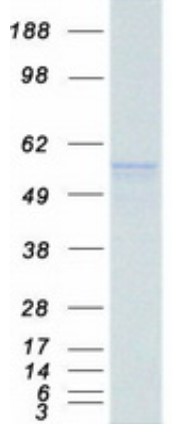
Fig1. SDS-PAGE (PRPH-4227H) (PROTOCOL for western blot)
.
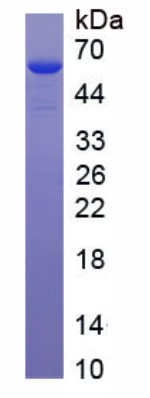
Fig2. SDS-PAGE (PRPH-2627H) (PROTOCOL for western blot)
Case Study 1: Todd M Doran, 2016
A major goal in understanding autoimmune diseases is to define the antigens that elicit a self-destructive immune response, but this is a difficult endeavor. In an effort to discover autoantigens associated with type 1 diabetes (T1D), the researchers used epitope surrogate technology that screens combinatorial libraries of synthetic molecules for compounds that could recognize disease-linked autoantibodies and enrich them from serum. Autoantibodies from one patient revealed a highly phosphorylated form of peripherin, a neuroendocrine filament protein, as a candidate T1D antigen. Peripherin antibodies were detected in 72% of donor patient sera. Further analysis revealed that the T1D-associated antibodies only recognized a dimeric conformation of peripherin. These data explain why peripherin was dismissed as an important T1D antigen previously. The discovery of this novel autoantigen would not have been possible using standard methods, such as hybridizing serum antibodies to recombinant protein arrays, highlighting the power of epitope surrogate technology for probing the mechanism of autoimmune diseases.
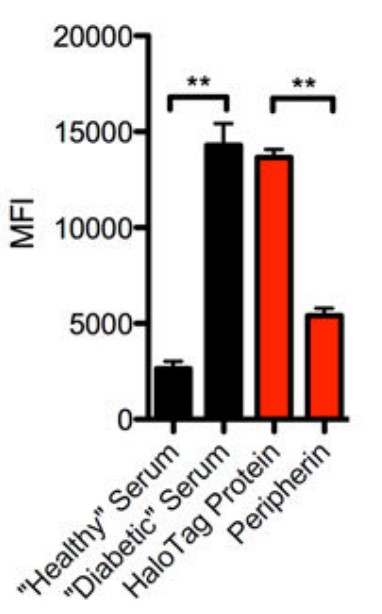
Fig1. Assessment of serum antibody binding to 4 from healthy and control donors in the absence of competitor (black bars).
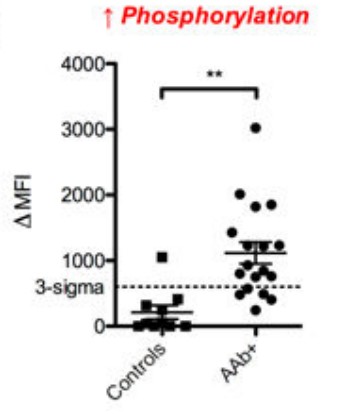
Case Study 2: Jesse McLean, 2010
Peripherin is a type III intermediate filament protein that is up-regulated during neuronal injury and is a major component of pathological inclusions found within degenerating motor neurons of patients with amyotrophic lateral sclerosis (ALS). The relationship between these inclusions and their protein constituents remains largely unknown. Here, the researchers profile peripherin isoform expression and ratio changes in traumatic neuronal injury, transgenic mouse models of motor neuron disease, and ALS. Extensive western blot analyses of Triton X-100 soluble and insoluble fractions of neuronal tissue from these conditions revealed significant changes in peripherin isoform content which could be differentiated by electrophoretic banding patterns to produce distinct peripherin biochemical signatures. Significantly, they found that the pattern of peripherin expression in ALS most closely approximates that of peripherin over-expressing mice, but differs with regard to inter-individual variations in isoform-specific expression.
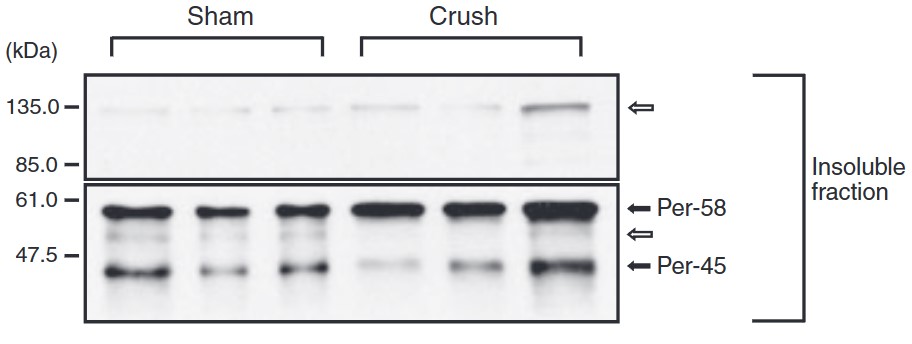
Fig3. The sciatic nerve of sham- and crush-operated WT mice were separated into Triton X-100 insoluble.
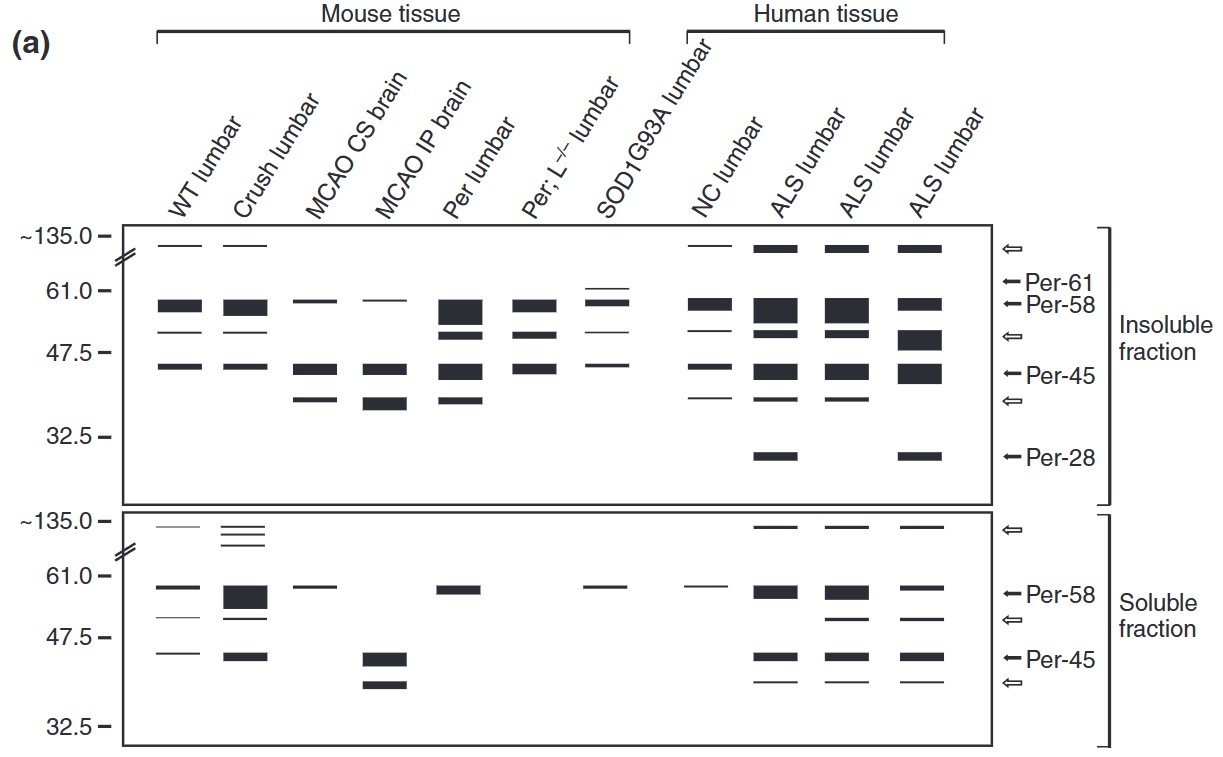
PRPH involved in several pathways and played different roles in them. We selected most pathways PRPH participated on our site, such as Amyotrophic lateral sclerosis (ALS), which may be useful for your reference. Also, other proteins which involved in the same pathway with PRPH were listed below. Creative BioMart supplied nearly all the proteins listed, you can search them on our site.
| Pathway Name | Pathway Related Protein |
|---|---|
| Amyotrophic lateral sclerosis (ALS) | GRIN2C;GRIN1;TOMM40L;PPP3R1;NEFH;APAF1;PRPH;GRIA1;GRIN2D |
PRPH has several biochemical functions, for example, protein heterodimerization activity, structural molecule activity. Some of the functions are cooperated with other proteins, some of the functions could acted by PRPH itself. We selected most functions PRPH had, and list some proteins which have the same functions with PRPH. You can find most of the proteins on our site.
| Function | Related Protein |
|---|---|
| protein heterodimerization activity | HNF1B;CUL5;PRMT8;CENPW;JAM3;Fzd4;HOMER2;BMP6;PDX1 |
| structural molecule activity | CRCT1;SPRR2E;KRT24;DESMB;PRPH;KRT76;MPZ;CYLC1;LCE3E |
PRPH has direct interactions with proteins and molecules. Those interactions were detected by several methods such as yeast two hybrid, co-IP, pull-down and so on. We selected proteins and molecules interacted with PRPH here. Most of them are supplied by our site. Hope this information will be useful for your research of PRPH.
VIM; KRT15; GABARAPL2; ESR2; GABARAPL1
- Q&As
- Reviews
Q&As (6)
Ask a questionThere are currently no drugs that directly target PRPH protein, but there are some drugs that can affect its expression level and activity, such as some growth factors and cytokines.
PRPH protein, as the rhodopsin of retinal photoreceptor cells, can sense light stimulation and convert light signals into electrical signals through the G protein-coupled receptor signal transduction pathway, which is then transmitted to the brain to form vision.
Its role in physiological and pathological processes can be studied by specifically knocking out the PRPH gene using specific short hairpin RNA or zinc finger nuclease technology.
There are currently some studies that report specific PRPH inhibitors that can inhibit the enzymatic activity of PRPH and thus exert therapeutic effects.
Protein may play a protective role in retinopathy, and changes in its expression levels may be related to the occurrence and progression of retinopathy.
Specific PRPH inhibitors may also have a therapeutic effect on other neurological diseases, such as multiple sclerosis and Alzheimer's disease.
Customer Reviews (3)
Write a reviewGreatly improve the rate and selectivity of chemical reaction, its scientific research value is unparalleled.
PRPH is very absorbent.
The high catalytic efficiency, high safety and high expression level make the experimental results highly reliable.
Ask a Question for All PRPH Products
Required fields are marked with *
My Review for All PRPH Products
Required fields are marked with *


